Cemeteries are a niche interest of mine. I can’t pinpoint when I started liking them, but it probably has something to do with the fact that 1) I grew up in an old New England town with old New England cemeteries about and 2) all my grandparents, and many of my other relatives, died when I was a teenager. If you can’t beat ‘em, join ‘em, appeared to be my new motto. Also the dead occasionally ask me to clear the cemeteries of stagnant energy for them, but that’s a conversation for another time.
Whenever I travel, a stop to a cemetery is a must. It’s a bonus if the cemetery is connected to fancy church, because fancy churches are *also* a niche interest of mine. This is part of the reason I adore France: many cemeteries and fancy churches abound. Kudos to my college friends for tolerating this behavior. And to the people I dragged along to St. Denis to see both a fancy church and lots of dead people? You da best.
Please don’t mistake me: I just like cemeteries. I don’t like being scared. In fact, I fucking hate it. I don’t watch horror movies. I cried at 10 when watching Carrie, and then immediately watched The Emperor’s New Groove afterwards because it was the only movie I could think of that didn’t have anyone die. I grew up near an amusement park1 and I despised their Fright Night festival. They had a really grotesque cemetery right next to the entrance that I made a point to ignore. I would only go during the day time - never at night. I didn’t want to be scared! This might also be a good time to mention I have an overactive imagination. So my appreciation of cemeteries is not because I’m a horror aficionado.
I find cemeteries an interesting time capsule - both of how we remember the dead and of a particular moment in time. I like wandering around the green spaces, and speaking names that may not have been uttered for centuries. And I’m not alone in this - in the early 19th century, cemeteries were meeting places.2 They were large, public expanses where people, often in cities, could meet, socialize and relax.
Why am I talking about cemeteries, you ask? Well, it’s Halloween and I thought it seemed appropriate. Also, cemeteries in and of themselves are not often treated in literature. Sure, they’re settings for horror movies and occult gatherings, but the creation and maintenance of therein is often overlooked. So when I discovered there was a book about the destruction of Les Innocents Cemetery in Paris and the creation of the Catacombes? I was thrilled.
The funny thing is, I never actually *went* to the Catacombes when I was in Paris. The Catacombes are a miles long ossuary with the final remains of thousands of former Parisians. Most of these bones are from Les Innocents, which was a cemetery that was in use from the Middle Ages until shortly before the Revolution in 1789. It was destroyed because it was becoming a public health hazard in the ever growing city. It was located about where Les Halles is in Paris today. What, you’ve gotta be kidding me, you’re probably saying to yourself. This lady’s been talking about how much she loves cemeteries and doesn’t go to the most cemetery of cemeteries of all time? Yup. Correct.
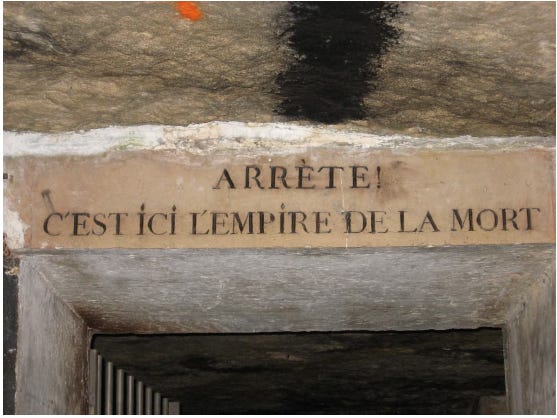
Why? Well, the lines were shortest in February, and it was cold. And my classmates and I didn’t really want to get more cold by going underground and be more cold while looking at dead people. Also - I get claustrophobic in really specific circumstances: the window seats on planes, going up or down lots of stairs in elevation real quickly, to name a few. And I did not want to risk a panic attack when I was down beneath the ground surrounded by bones because I felt like I couldn’t get out. Maybe I’ll go one day, now that I have medication. Until then, Pure by Andrew Miller was the next best thing for me.
Pure is about Jean-Baptiste Baratte, an engineer who is looking for employment and who ends up charged with the destruction of Les Innocents. Pure was masterful in its historical retelling - the details used were never overdone, and just enough to remind me what a pre-Industrial Paris would have been like: stinking, dirty and crowded. For me, where worldbuilding is prominent, this was a clear success. I felt like I was right there along with Baratte’s laborers, hauling up coffins and bones.
Pure is also an interesting case study in the absurdity of life. While he’s amongst the dead during the day, Baratte goes to his home to his clean lodgings at night while the laborers must camp in the cemetery. This theme of cleanliness and dirtiness is explored relentlessly, and Baratte begins to lose his mind in the enmeshment between the two.
Joseph-Ignace Guillotin, the guillotine’s namesake, makes an appearance as a doctor, and it’s one of the novels weirder strengths. How medical treatment was performed at the time is described in great detail, which adds to the overall ambiance. There’s a rather sweet love story between Baratte and a courtesan, which I wasn’t expecting to like and yet did. The novel ultimately sold to me that these are all just people, trying to make their way to the best of their ability through a chaotic and uncertain world. There are no talking corpses, no reanimated zombies, just the drudgery of life to get through. There’s a strong subtext here, but its meaning is up to you - ultimately like life itself.
I actually finished reading Pure back in September, but waited to talk about it until now because I have priorities about sticking to a theme. I checked this book out in *checks notes* June of 2021, and it took me until September of 2023 to read it. Again, I’m stubborn and don’t like being told what to do, but ultimately am glad I finished the book and annoyed at myself for taking so long to do it.
To round out spooky season, here are my favorite cemeteries, and a list of honorable mentions that I’ll revisit next Halloween, I’m sure.
Colon Cemetery, Havana, Cuba
This is in the center of Havana, Cuba, and it is known for its all marble gravestones. It truly looks like a city of the dead. On the day I went to visit, in spring of 2017, all of the marble gleamed in the sun. An interesting juxtaposition between how dour we consider cemeteries to be versus the reality of them.
Colon Cemetery is the top of the top, prestige wise, in terms of Havana’s burial grounds. Since it is so expensive to be buried there, many families will bury their loved ones for a few years, and then have them disinterred and buried elsewhere so that the same vault can be reused for other family members.
The day that I went to this cemetery, a fellow writer and I3rented one of the old timey convertibles to take us there. And by rent, I mean, we paid someone to drive us there in the car because there was no way we were touching them ourselves. This in no way was viewed as a weird request, and the lovely man who drove us waited an hour outside the cemetery for our return. Life or death, indeed.
The Panthéon, Vème arrondissement, Paris, France
The Panthéon is a fascinating spot for me - I visited 5 times when I was in Paris. I brought so many people there to visit, and once again, thank you all for putting up with my insanity.
I described the Panthéon to my American visitors as if George Washington, Abraham Lincoln, Rev. Martin Luther King Jr. were all buried in the Capitol. Designed by the architect Soufflot, the Panthéon is less cemetery and more mausoleum. It was initially intended as a church to Saint Genevieve, the patron Saint of Paris, but a little thing called the Revolution got in the way, and it was converted in 1791 by the Assembly to act as a mausoleum to distinguished French citizens. I haven’t been to Rome, but I’ve been told that’s what the Pantheon in Rome is like. Across the top of the Panthéon are the words: “Aux grands hommes la patrie reconnaissante,” which roughly translates to: ‘To the Great Men, the Homeland thanks you.” Note the ‘men’ bit - for years, men and only men were buried here. But we’ll get back to that.
The Panthéon is the final resting place of Voltaire, Rousseau, Victor Hugo, and Jacques-Germain Soufflot, the man who designed the building, among others. In the early years of its operation, many Bonapartist military men were buried here, but the Panthéon has since turned into the final resting place of whoever the country of France has deemed important.
This is an interesting idea that I revisit constantly - who is worthy of greatness? What does that mean? How does this idea change over the years? Marie Curie wasn’t interred there until 1995. 1995! That’s so recent, and yet for so long was unthinkable. People can’t just be ‘buried’ in the Panthéon - my understanding is that there is usually a committee, and that ultimately it’s a decision on the President’s behalf who can lay in rest here.
That’s where the woman bit comes in - for many years, women were not ‘allowed’ in the Panthéon. Marie Curie was in fact the first woman to be buried there in her own right.4 This is tickling to me - one because obviously she is worthy of it, but also two, because she was not born French. She was born in Warsaw as Maria Sklodowska. There’s a whole thing I can get into with who the French consider ‘French’ enough, but this is emblematic in and of itself for me, especially as someone who is half Polish. When I was in 8th grade, my French teacher tried to insist Marie Curie was French. And while yes, Maria Sklodowska married a Frenchman and eventually gained French citizenship, she’s a Pole and I was not having this. I got into an argument with said French teacher, which was only ended when I was proven right.
Women are now considered equally among men for entry into the Panthéon. The most recent inductee was Josephine Baker, who, among other things, was a cabaret dancer, a spy for the French resistance, an adoptive parent, and all around badass of a woman.
Normandy American Cemetery in Colleville-sur-Mer, Normandy, France
Fun fact: did you know that when you visit the Normandy American cemetery, above Omaha Beach, the landing spot for the majority of American troops on D-Day 1944, you’re technically standing on American soil?5 There are multiple American military cemeteries in France, and the government of France has granted perpetual use of that land as American.
I’ve been here twice: once in 2007, and once in 2012. The first time, I was on a ‘field trip’ with the immersion program I was on. The French have an odd definition of field trips, because for the Fourth of July, our program decided that an appropriate course of action would be to:
Take us to the Caen Memorial Museum
Have us stay overnight on Juno Beach (AND NOT TELL US THAT)
Have us go to Omaha Beach the next day
See what remains of Arromanches (or Fort Winston)
Hike up to the American Cemetery to visit6
Go to the German Cemetery nearby7
Finish up at Pointe du Hoc and then
Upon our return to Rennes, watch the full movie of Saving Private Ryan.
As I said, some weird ideas about field trips. The joke’s on me, because when I visited with my parents in 2012, I took them on the exact same route, sans Caen Memorial Museum and hiking up to the cemetery. And no Saving Private Ryan because that would be overkill.
My Dad’s dad landed at Normandy - not as part of the initial Operation Overlord assault, but a few days afterwords, so he wanted to see where his father had come ashore. My grandfather died right before I went to France for the first time in 2007, so that entire field trip was a very somber one for me, and I remember being really overwhelmed by all of it. I don’t remember crying, but I do remember being exhausted by processing the sheer amount of emotion that came with it.
The Normandy American Cemetery is beautiful, almost impossibly so. In this cemetery specifically, I always felt the weight of history and that it’s much closer than we would give it reason to expect. Pointe du Hoc, only a few miles down the road, still looks like it was bombed yesterday. And so I see cemeteries as an important reminder of our own history, however you’d like to remember it.
Mount Auburn Cemetery in Cambridge, MA
Mount Auburn is one of the original ‘English’ style cemeteries in New England. The land was bought in 1831 with the expressed purpose of building a “‘rural cemetery and experimental garden.”8 Mount Auburn isn’t designed like a traditional cemetery - no secluded plots or regimented rows. Instead, it was designed to be both a final resting place and a garden. It wasn’t hidden away, and is today a very popular birding spot. There are hundreds of different types of trees there, and because of this, I decided that Fall would be the only appropriate time to pay it a visit. So in November 2015, I hopped on a bus and off I went.
I went to go take pictures, and ended up meeting an elderly man who specifically comes to the cemetery to see the owls that nest there.9 I ended up becoming his photography assistant for the afternoon, and he showed me around the cemetery and some of the best spots to catch these owls. We didn’t see them that day, sadly, but what a way to spend an afternoon.
Honorable mentions:
Pere Lachaise, Paris, France
Arlington National Cemetery, Washington, D.C.
The Basilica at St. Denis, Paris, France
Massachusetts Veterans Memorial Cemetery,10 Agawam, MA
St. Stanislaus Cemetery,11 Easthampton, MA
I hope everyone has a very Happy Halloween or Samhain or All Soul’s Day or Day of the Dead and that you eat all the candy and brings no grin-grinning-ghosts home with you. Tell me what your costumes are in the comments! I shall be dressing up as: functional adult human woman.
Six Flags New England, aka Riverside, to be exact.
https://www.archdaily.com/994315/the-origins-of-cemeteries-as-public-parks#:~:text=By%20the%20end%20of%20the,grass%20where%20people%20could%20relax.
Oh wow! Look! A footnote *actually* doing its job!!
I was on a specific writing and traveling trip. And thank god because no hablo espanol.
There was another woman buried there before, but she was the wife of an inductee and so was allowed to be buried with her husband.
https://www.abmc.gov/sites/default/files/2020-10/Normandy%20AC%20Brochure%20-%20English%20version.pdf
This path has since been closed.
Which was the original American cemetery land, and is a sharp contrast to the glittering white Marble of Normandy American.
https://www.mountauburn.org/consecration/
It’s a whole thing.
https://www.mountauburn.org/the-great-horned-owl/
Aka Mass Veterans, aka the cemetery where all my paternal relatives are buried.
Aka the cemetery where all my maternal relatives are buried.




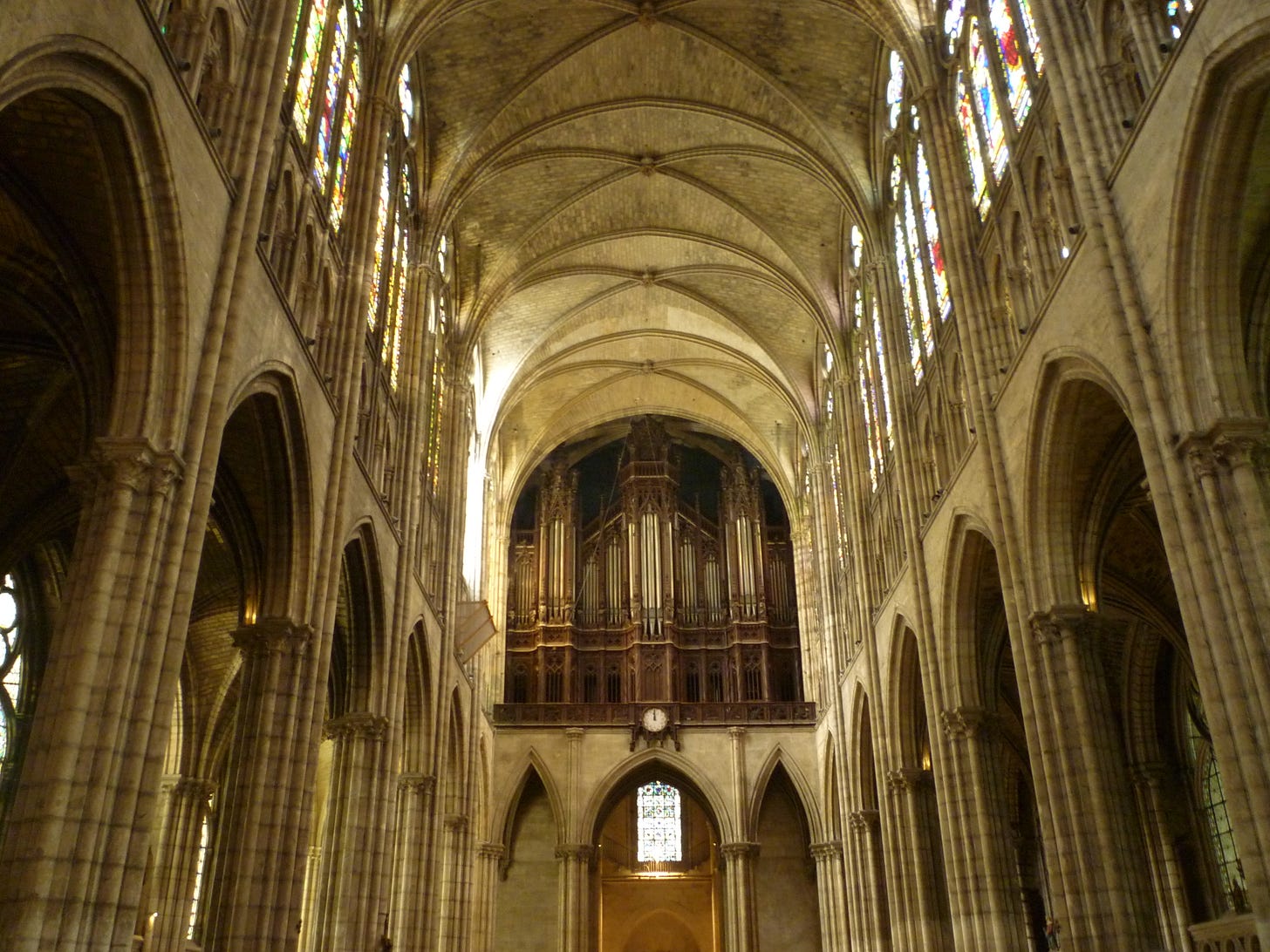

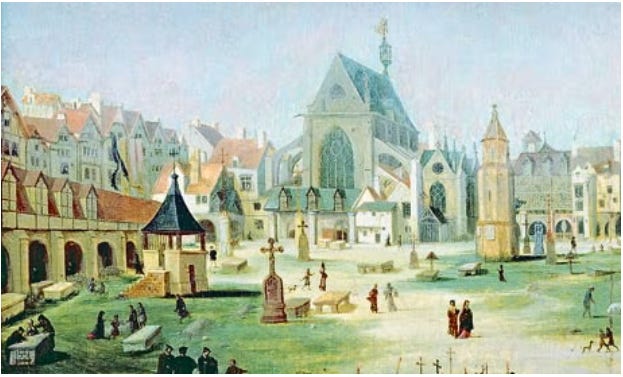
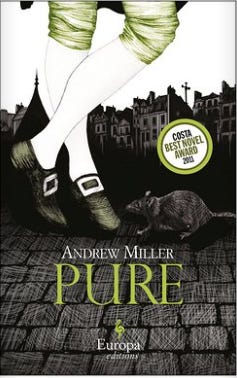
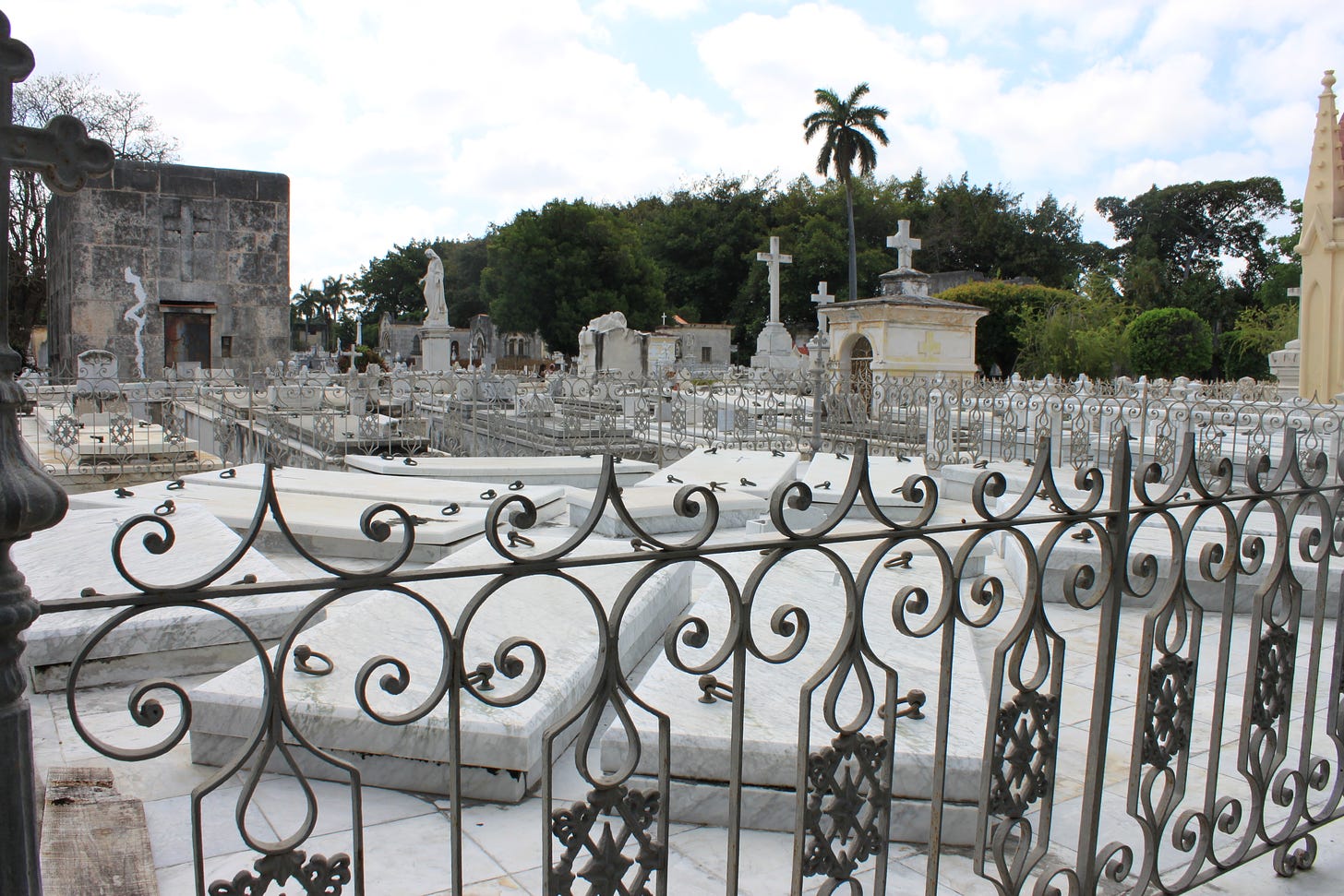
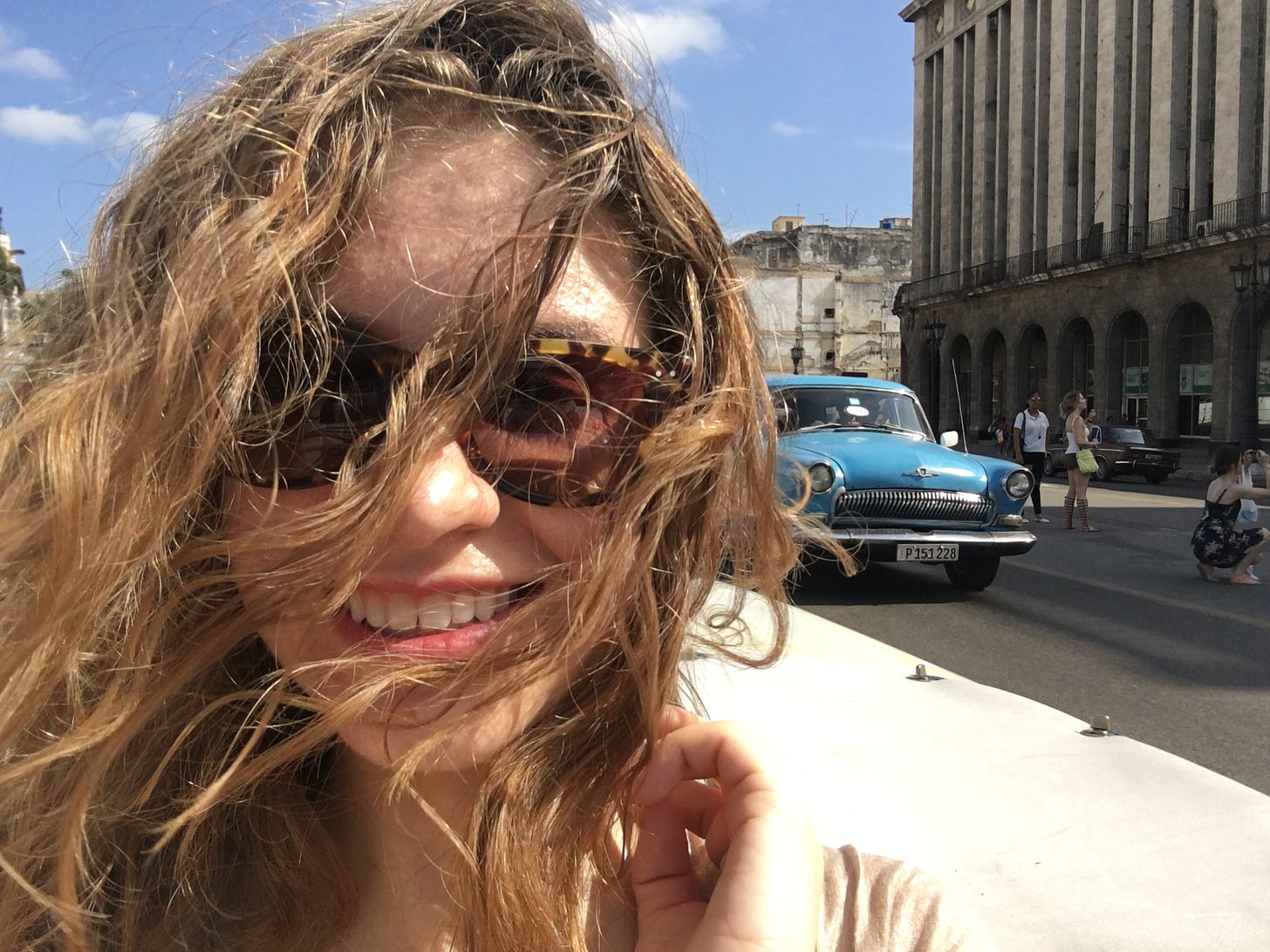
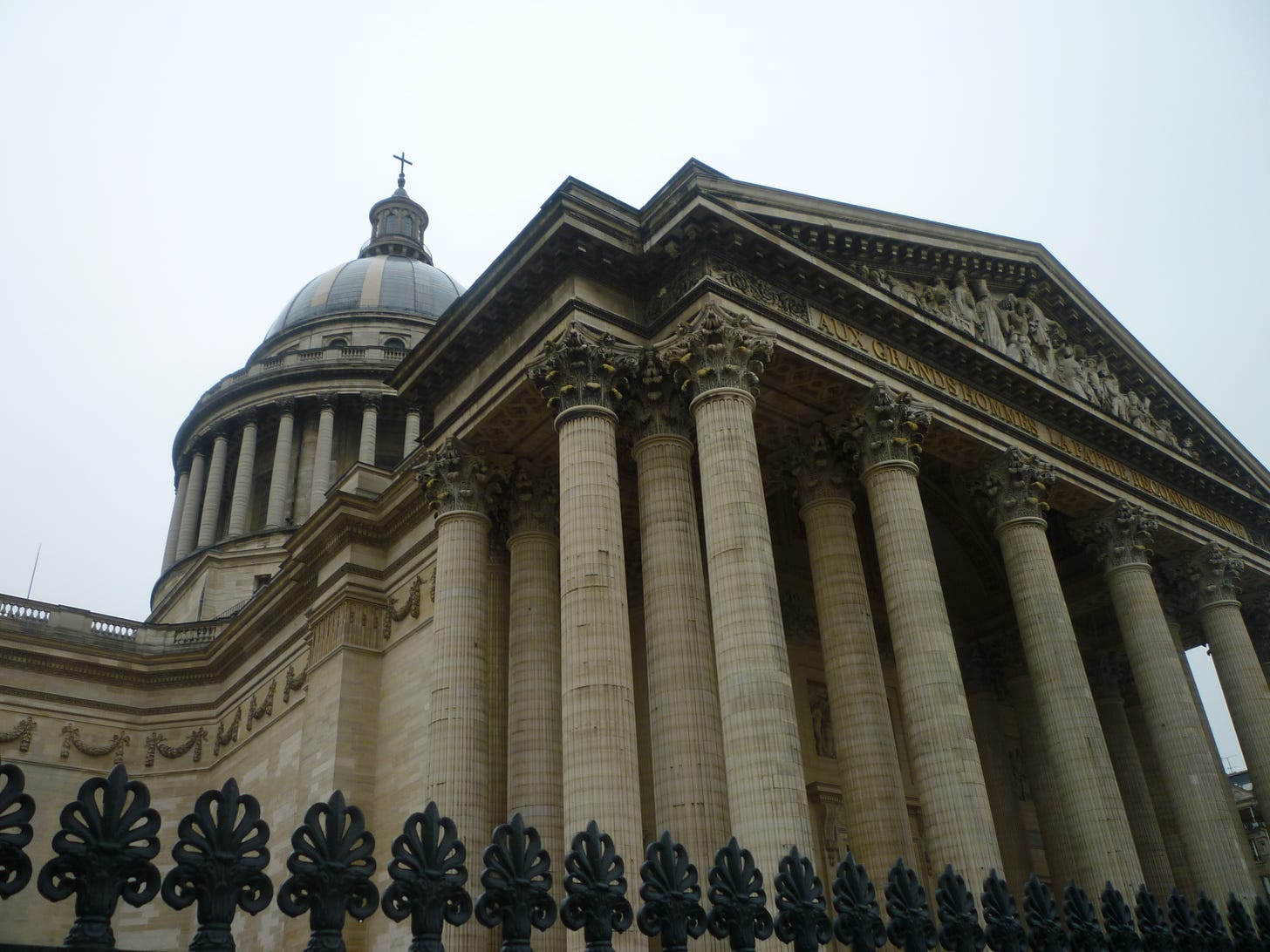
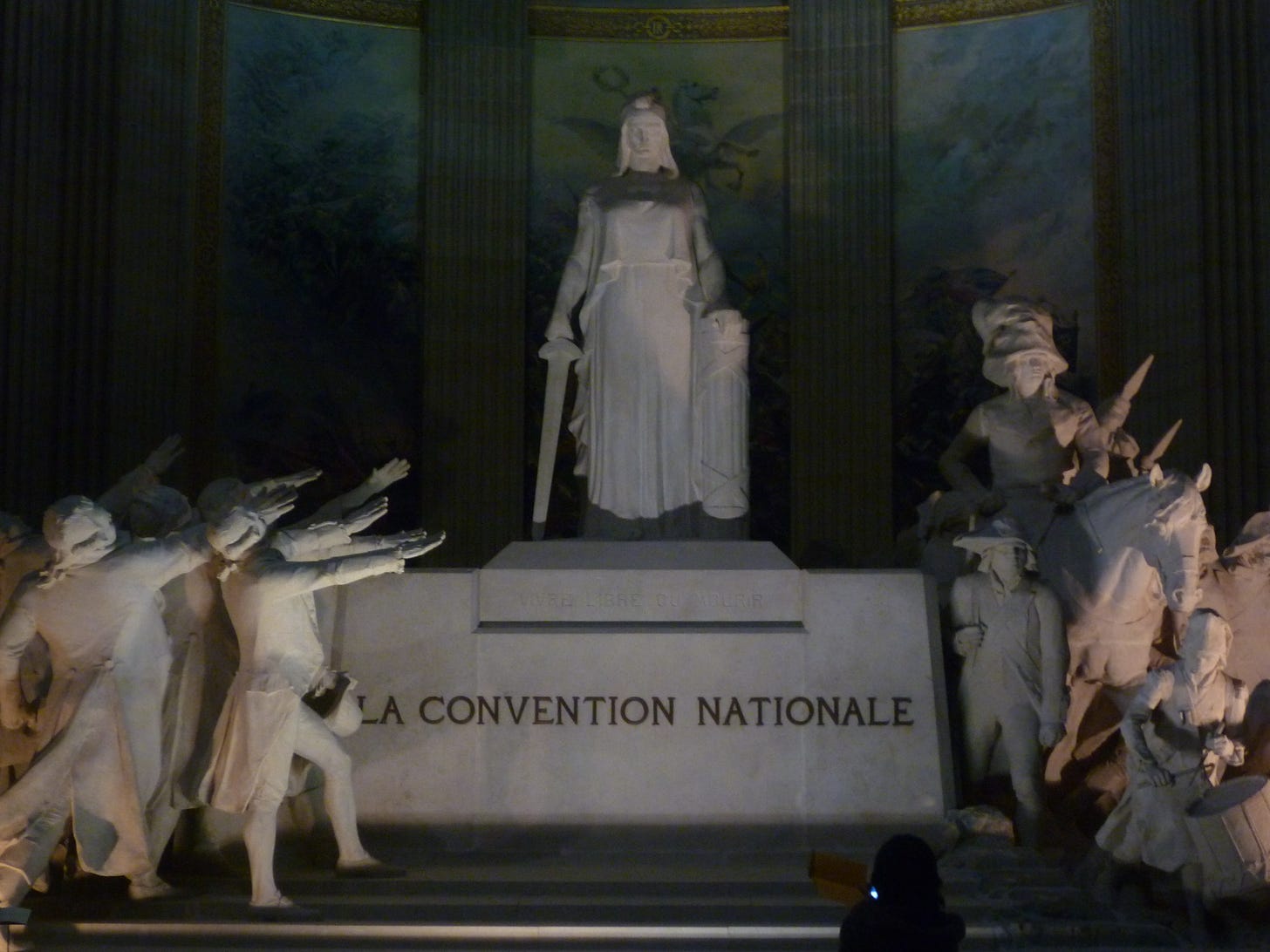
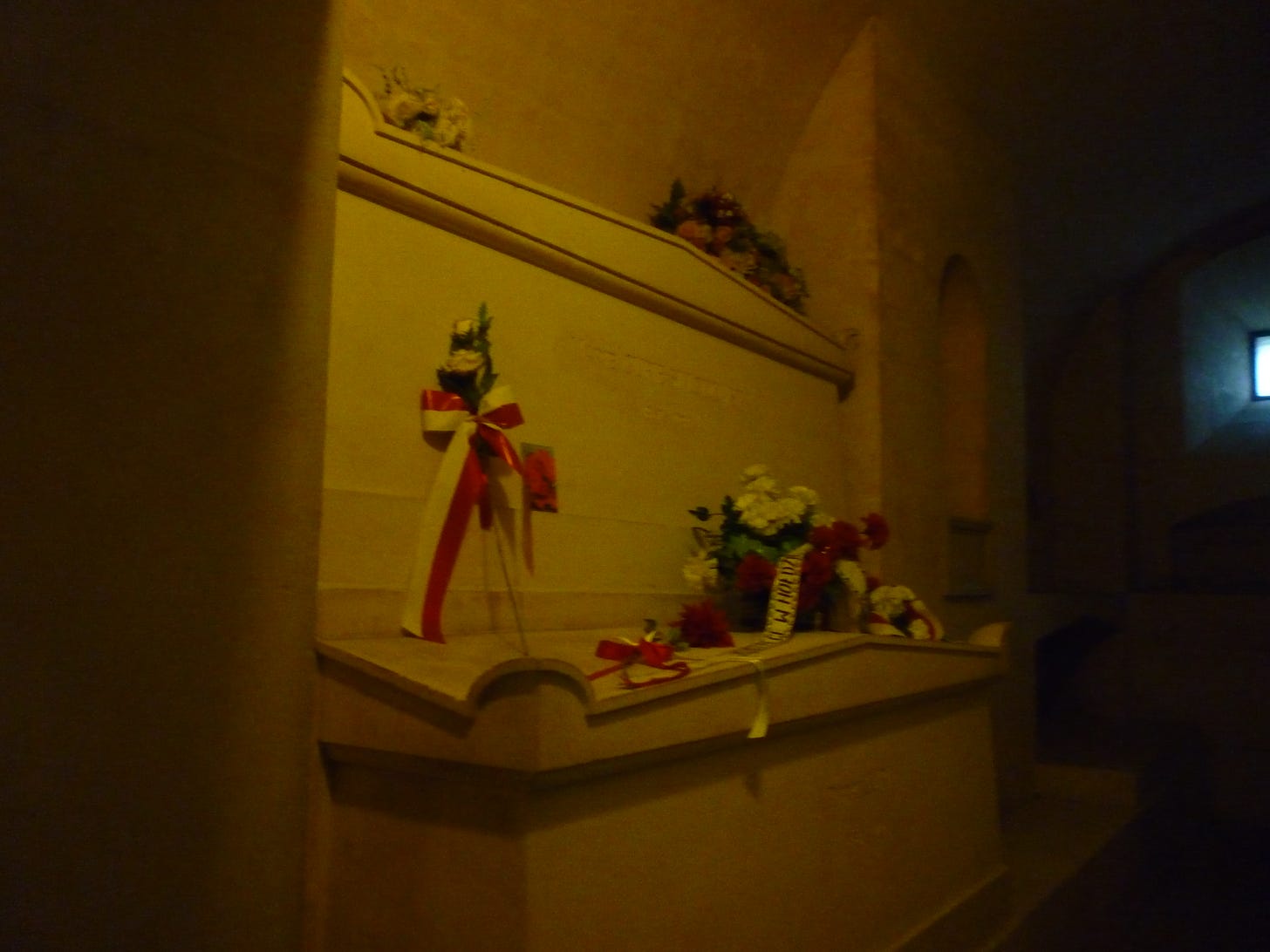
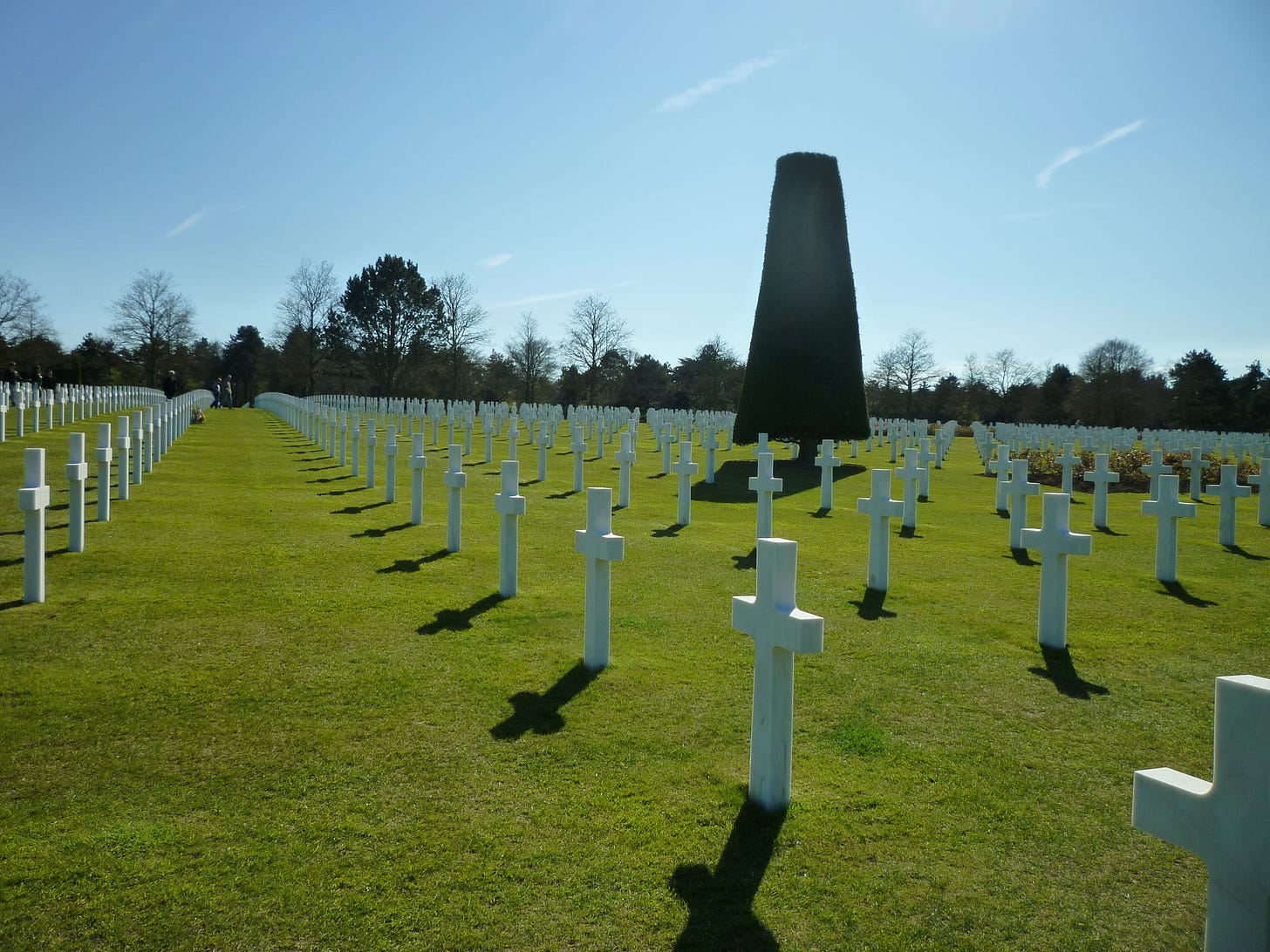

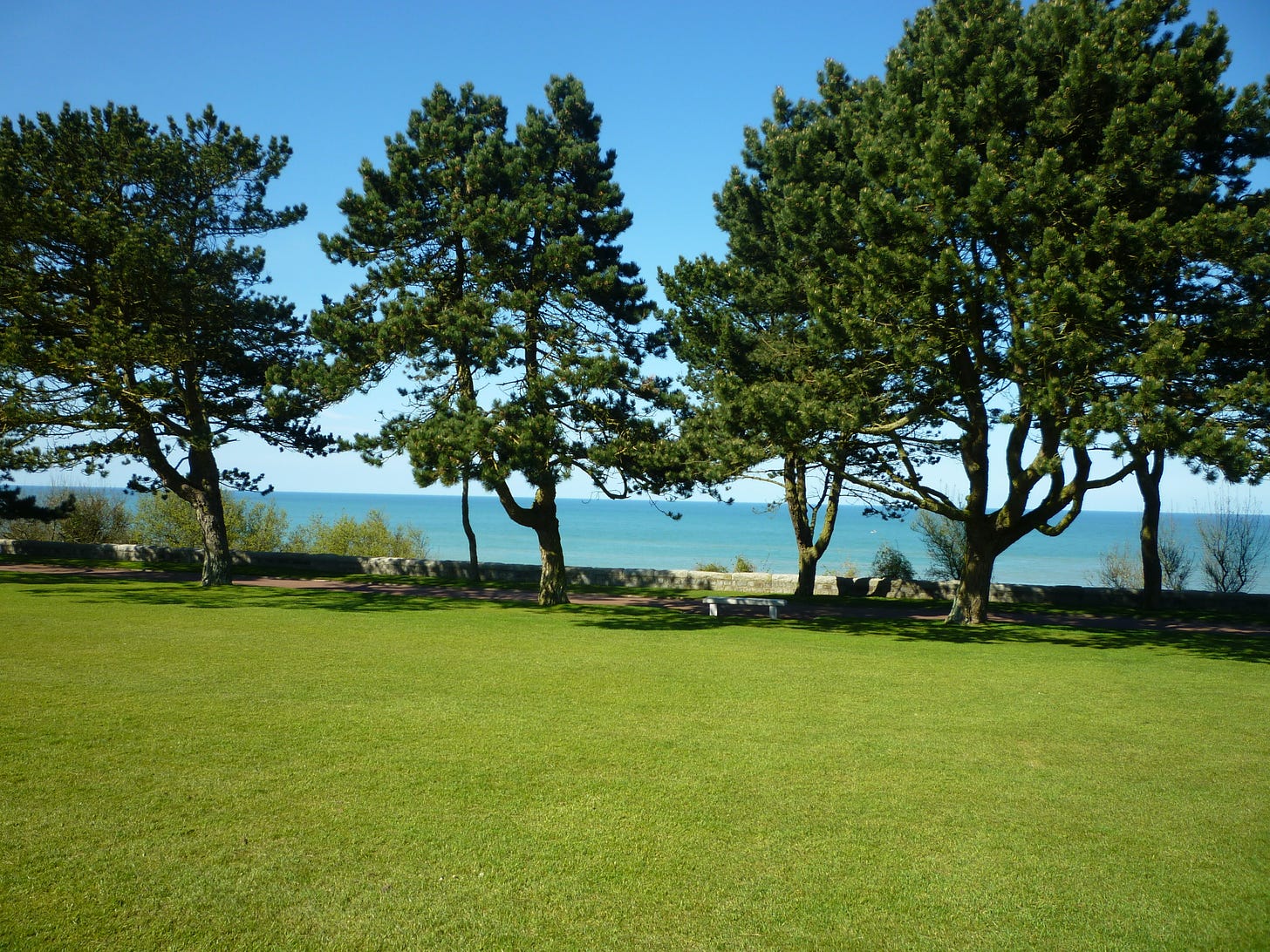

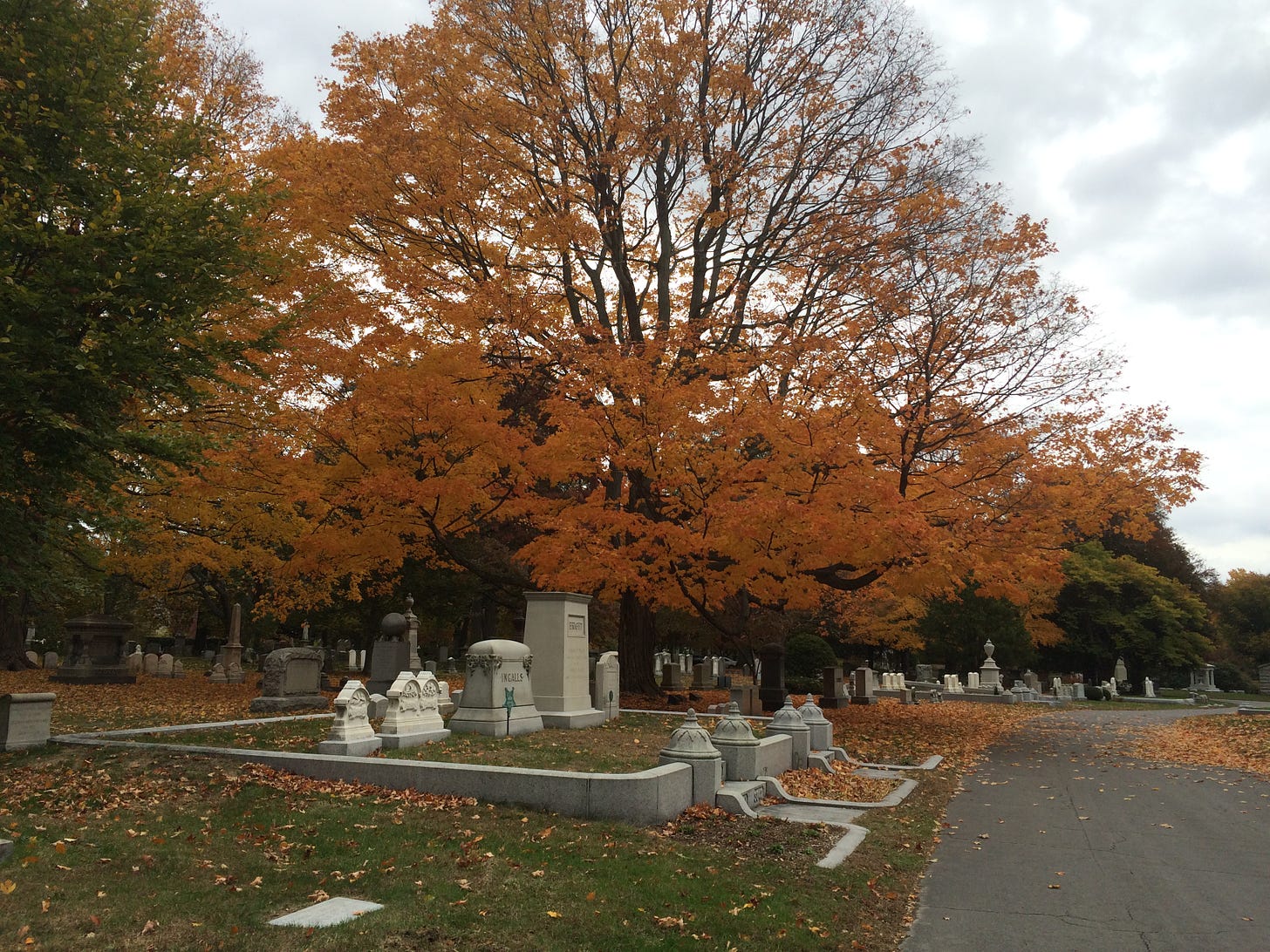
If you ever get the chance, Dunfermline Abbey in Scotland is a must. My daughter and I were just sight seeing walking down the street and by chance walked up on this beautiful place. Just breathtaking.
Marissa - great article. I really enjoyed reading about your interest in cemeteries. I learned quite a bit through reading this as I haven't done much research into this topic myself. The only time I have ever been to a cemetery was for a funeral and a couple times visiting the crypts of a cathedral. I appreciate how you wove history and literature into your personal passion. Keep up the great work.